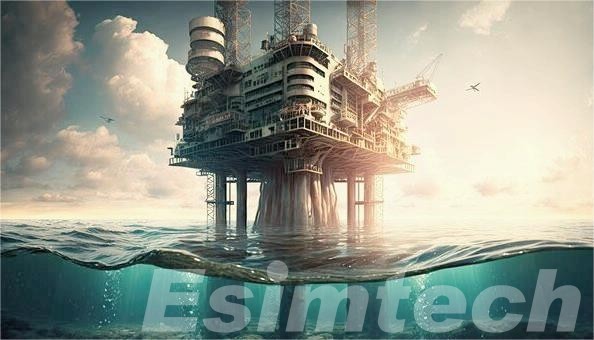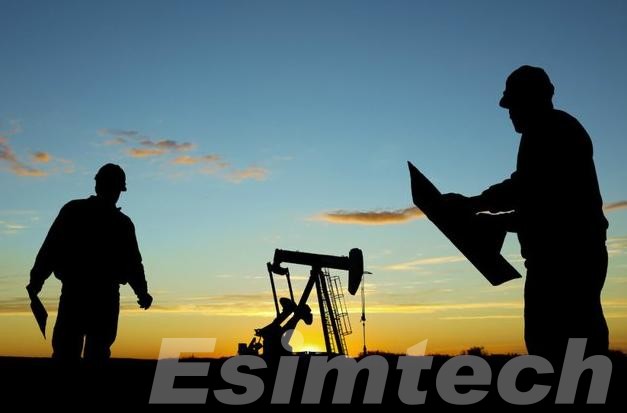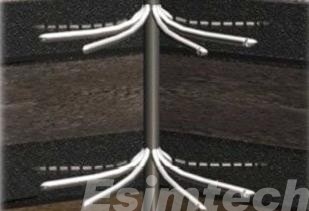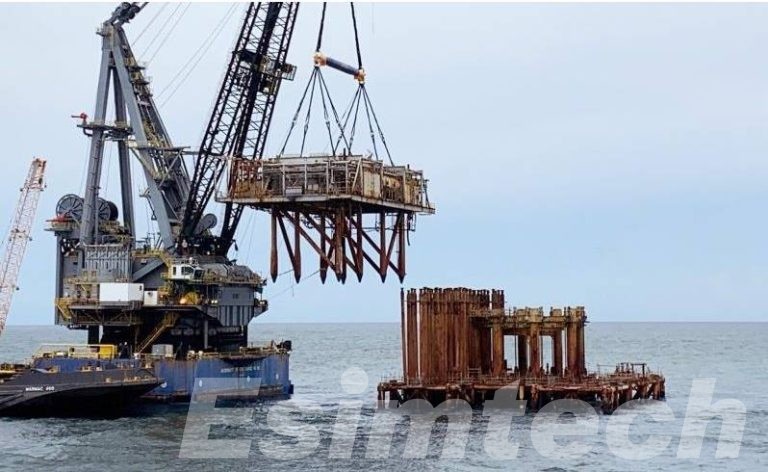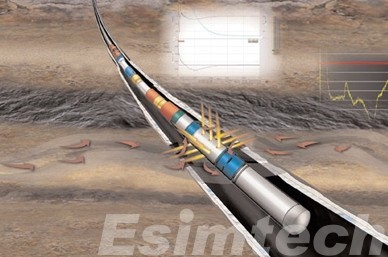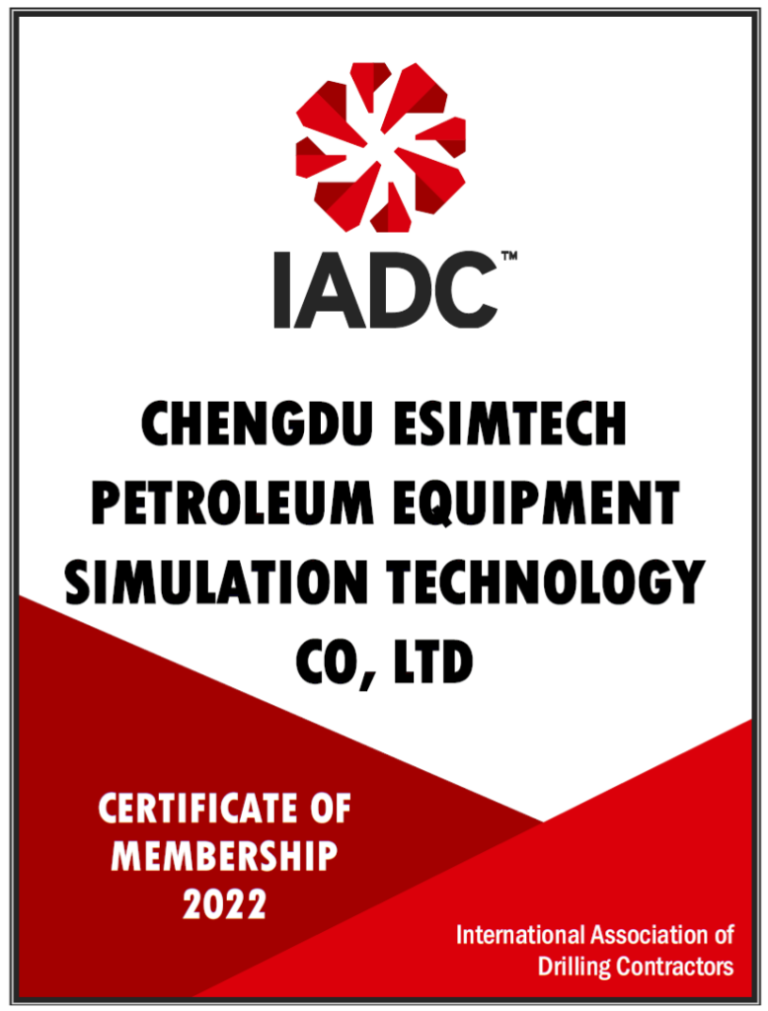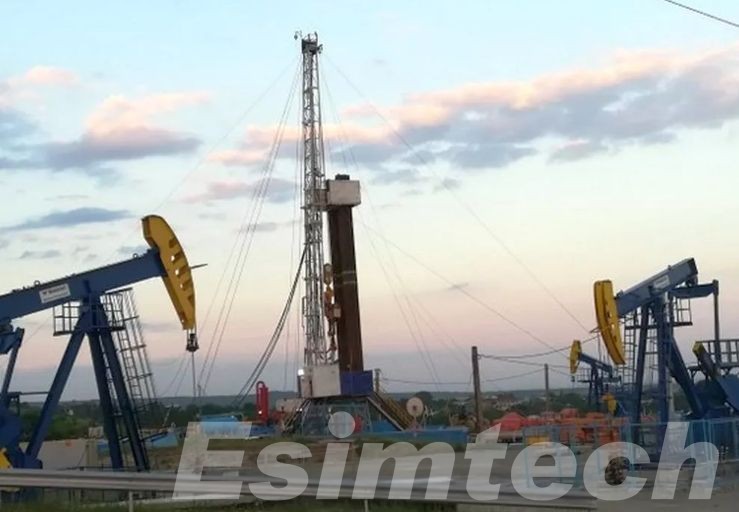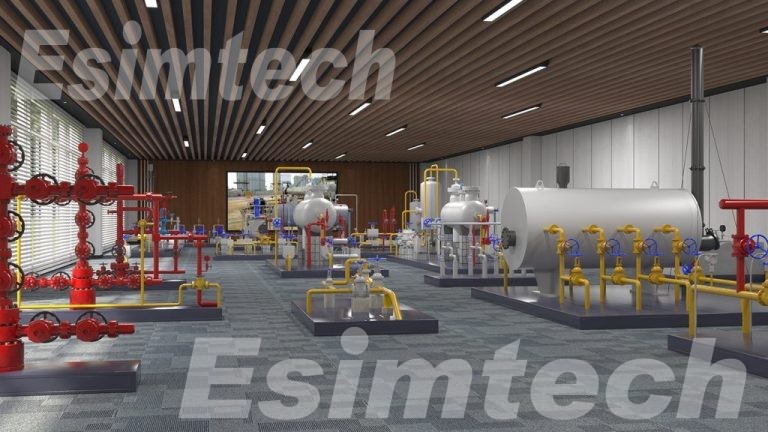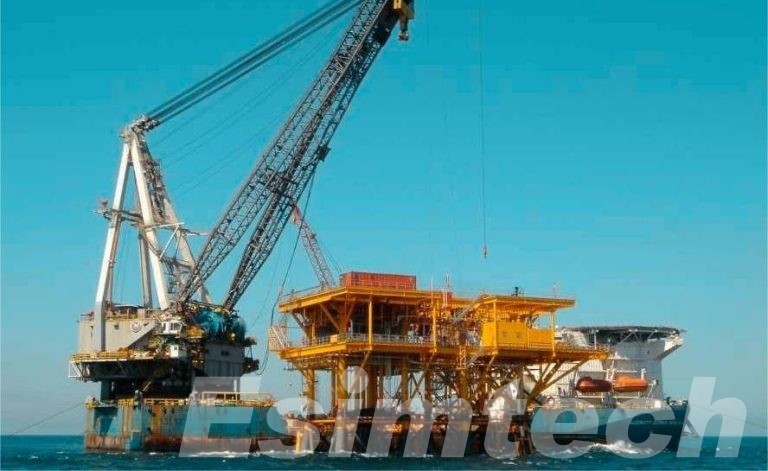A Comprehensive Analysis of the Economic Impact of Oil Rig Operations
Oil rig operations are critical to the world economy, contributing significantly to both the national and international economies. These operations include the discovery, extraction, and processing of crude oil, which is a critical energy source for a variety of businesses. Oil rig operations have an economic impact that extends beyond the energy sector, influencing employment, government revenue,…

